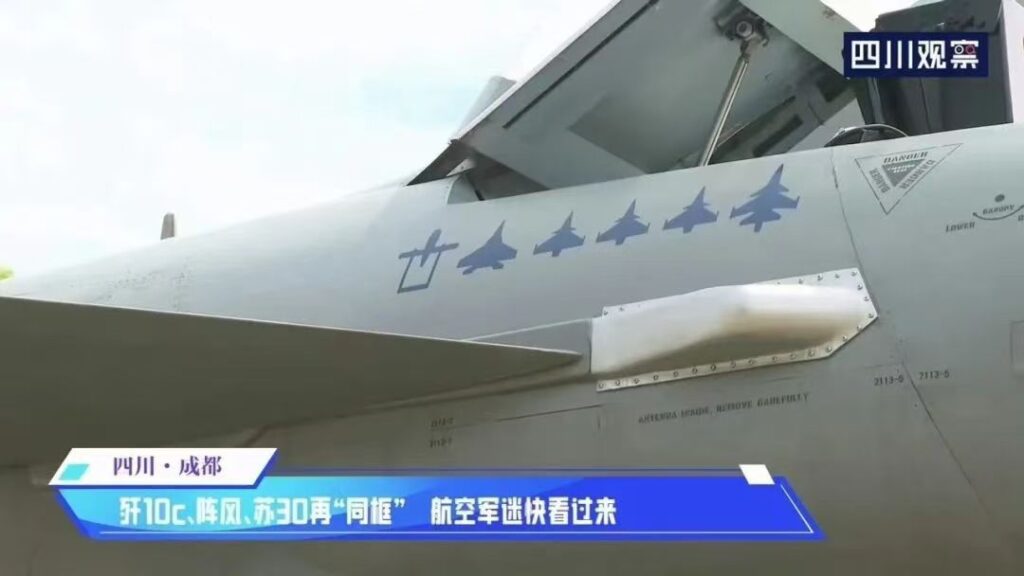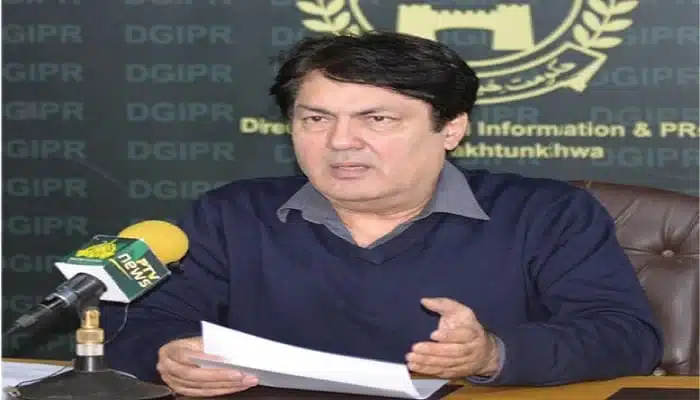In a symbolic gesture of military camaraderie and strategic alliance, the People’s Liberation Army Air Force (PLAAF) of China has emblazoned killmarks on one of its J-10C fighter jets commemorating the Pakistan Air Force’s (PAF) recent air combat victories over the Indian Air Force (IAF).
The killmarks, revealed in images circulating widely on social media, reflect the destruction of five Indian fighter jets during a high-intensity engagement between May 6–7, 2025. The incident, which has since been confirmed by official PAF sources, occurred after Indian aircraft reportedly launched missile strikes on civilian areas inside Pakistan — triggering a swift and precise retaliation by Pakistani airpower.
The Killmark Details
According to visuals and data released, the PLAAF J-10C displays the following IAF aircraft symbols as a tribute to PAF’s successful engagement:
3x Rafale
1x Su-30MKI
1x MiG-29UPG
However, Pakistan Air Force’s updated official scorecard details six confirmed Indian losses in the May 2025 encounter:
3x Rafale
1x MiG-29UPG
1x Su-30MKI (shot down by HQ-9B HIMAD air defense system)
1x Mirage-2000H
The sixth aircraft, a Mirage-2000H, reportedly went down shortly after violating Pakistani airspace and was targeted by precision strikes from a JF-17 Thunder squadron.
A Symbol of Brotherhood and Precision Warfare
The presence of these killmarks on a PLAAF aircraft underscores the growing military synergy between China and Pakistan, particularly in joint operations, defense technology transfer, and training. Defense analysts see this not just as a tribute, but also a message of strategic unity in the face of shared regional concerns.
The J-10C and the JF-17 Thunder were central to the operation, with the J-10C’s radar and beyond-visual-range (BVR) missile capabilities reportedly playing a decisive role in the PAF’s swift neutralisation of enemy assets.
The incident — unprecedented in scale since the 2019 Balakot-Pulwama standoff — has sent shockwaves across the global defence community, particularly due to the involvement and loss of India’s frontline Rafale fighter jets, which were widely regarded as a game-changer for the IAF.
India Yet to Confirm Aircraft Losses
The Indian Ministry of Defence has not officially acknowledged the loss of aircraft during the May engagement. However, increased online censorship and the absence of footage from standard Indian media outlets have further fuelled speculation about the extent of the losses.
Meanwhile, Pakistani officials have reiterated that the PAF’s response was purely defensive and measured, triggered by what they termed an “unprovoked aggression targeting civilian infrastructure.”
A New Chapter in South Asian Air Warfare
Military experts are now closely analysing this latest episode, seeing it as a turning point in South Asian air combat history. The incident has also raised questions about the efficacy of India’s high-end fighter procurement and command-and-control systems.
With visuals of the Chinese J-10C bearing IAF killmarks going viral, the narrative of a joint message from Islamabad and Beijing to New Delhi is hard to ignore.





